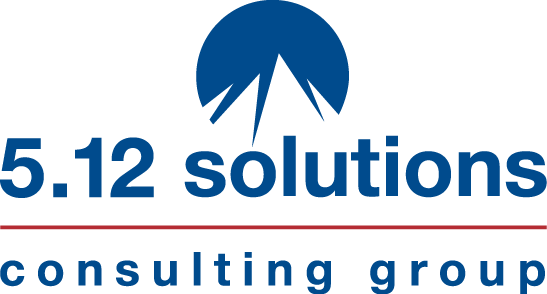In many companies, HR plays a key role in “onboarding” new employees. But more must be done at the team level (from senior leadership teams to functional teams) to help new team members get acclimated to the culture and its unwritten rules (that aren’t documented in employee handbooks), and to truly understand roles and accountabilities (that aren’t usually accurately captured in a position description).
When teams formally spend time orienting new team members it…
- builds trust, enabling the person to more quickly become a productive part of the team.
- shows commitment to the new team member (and the overall team), resulting in a good first impression and commitment from him or her in return.
- helps the new team member align with team and organizational objectives (faster).
So, what do you do when a new team member comes on board?
With many of my clients, I facilitate a simple process that results in team building, commitment, and engagement. With the entire team in the room and about 2-6 hours at our disposal, depending on the complexity of the role and interdepency of roles between team members, we process the following:
- Share DiSC behavioral styles so that team members understand each others’ preferences, what frustrates them, and how to be most effective with each other.
- Review team values and emphasize that they are for internal guidance and not marketing – they guide decision making, help prioritize work, and set the tone for the culture.
- Review team norms. These are more specific than values and help team members effectively work through conflict, run their meetings, make decisions, etc.
- Clarify roles and responsibilities to avoid duplication of effort, set broad boundaries that empower people, and establish a culture of accountability.
In today’s faster-than-fast environment, orienting new team members is often overlooked. So, if you want to make a difference on your team, go beyond the trite welcome announcement in next month’s “All Hands” meeting, and create a plan to formally orient new team members.
